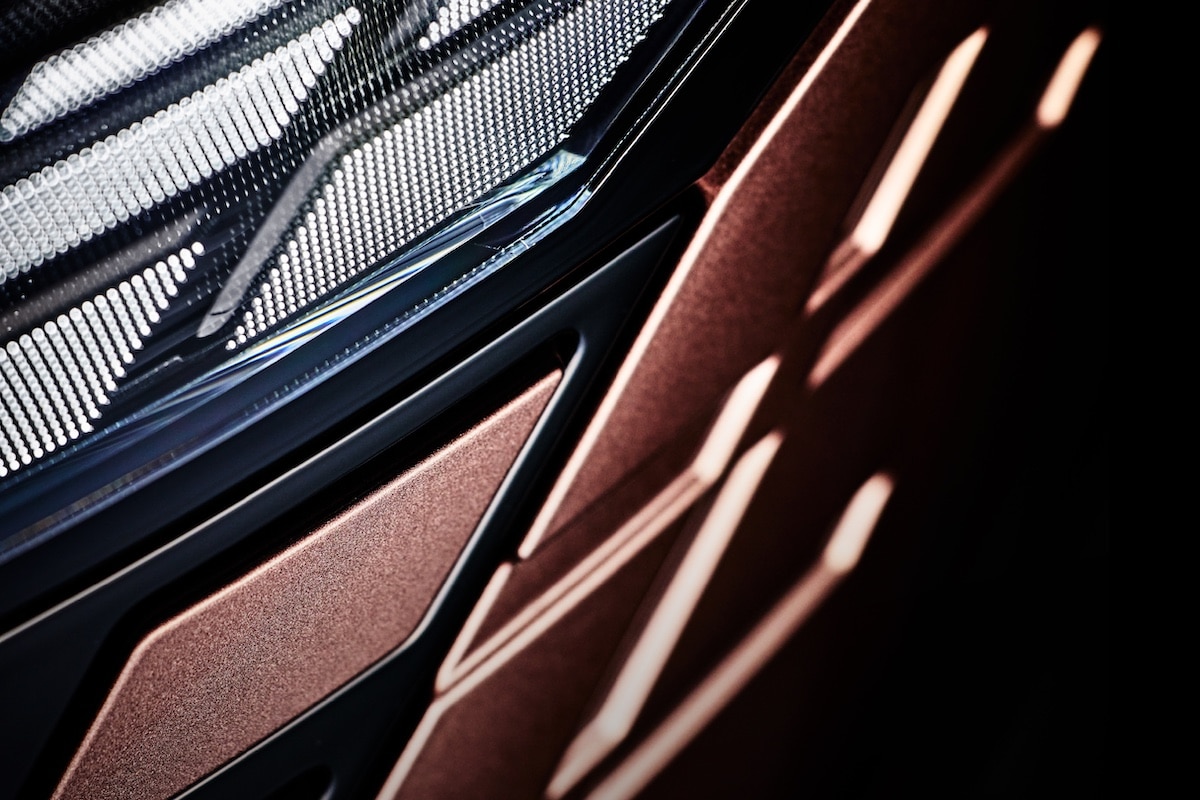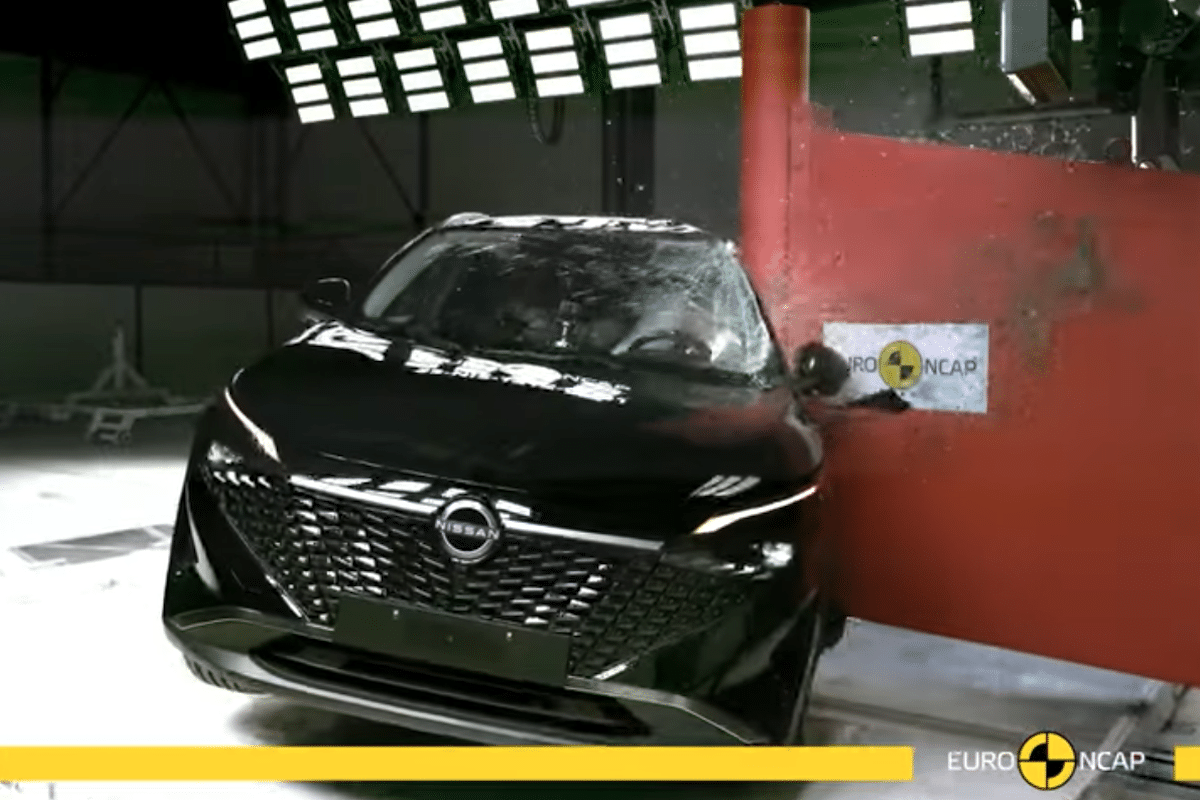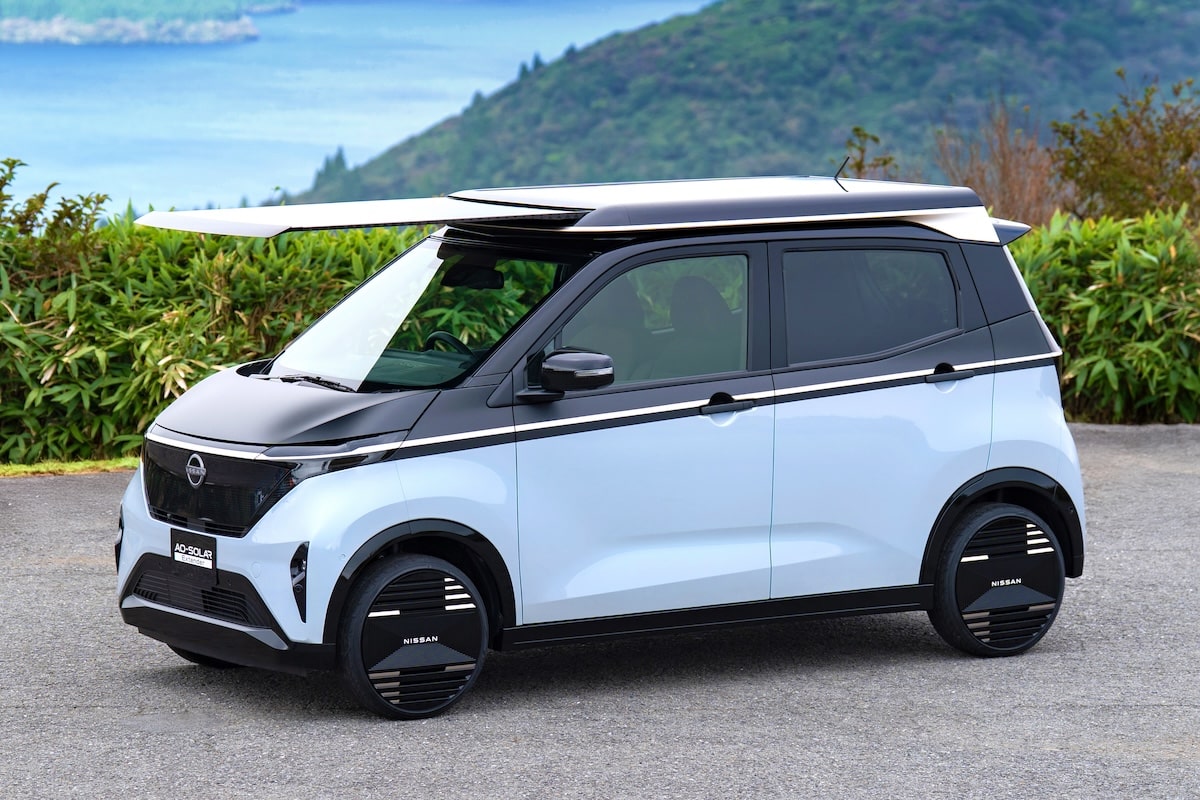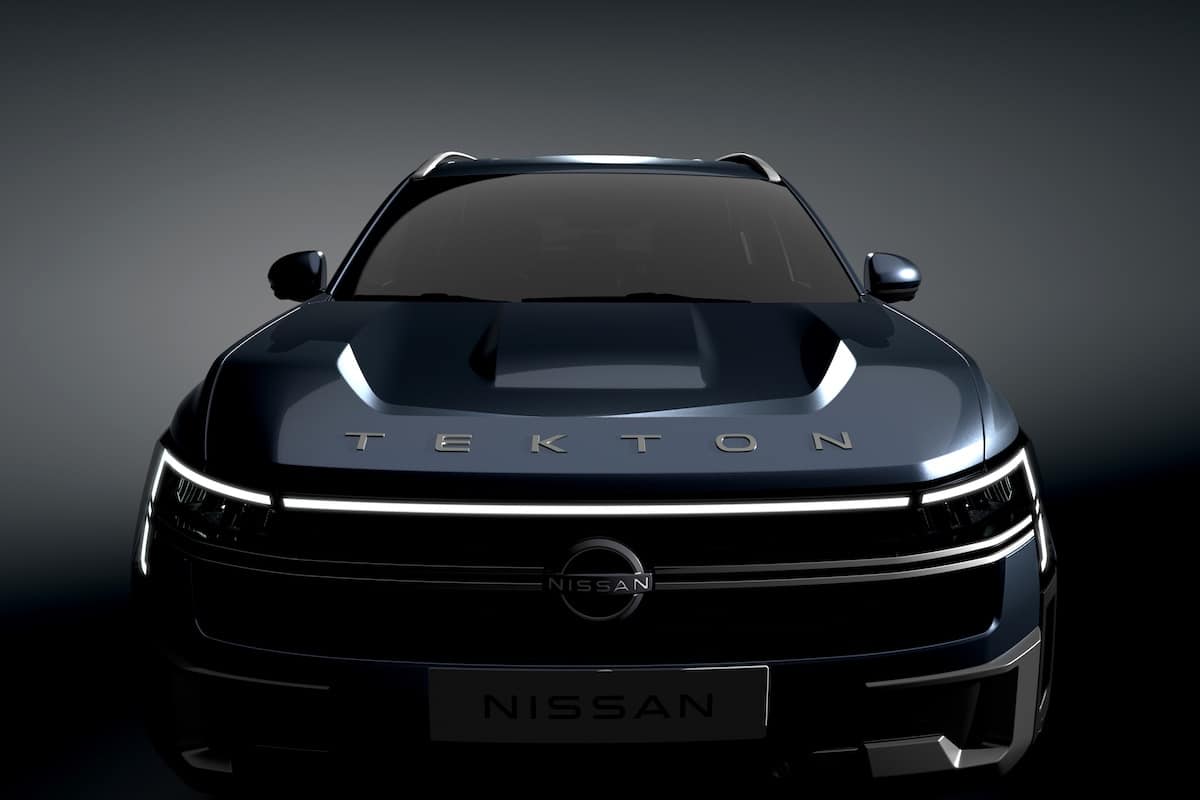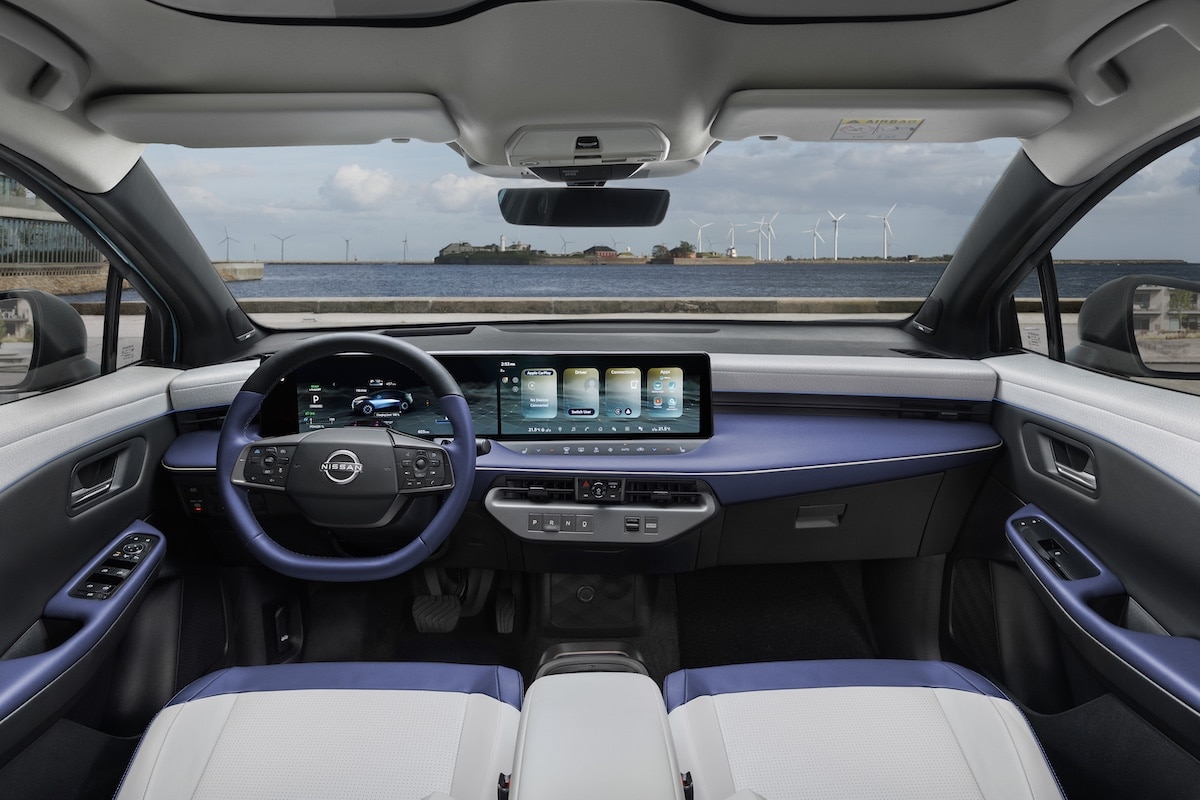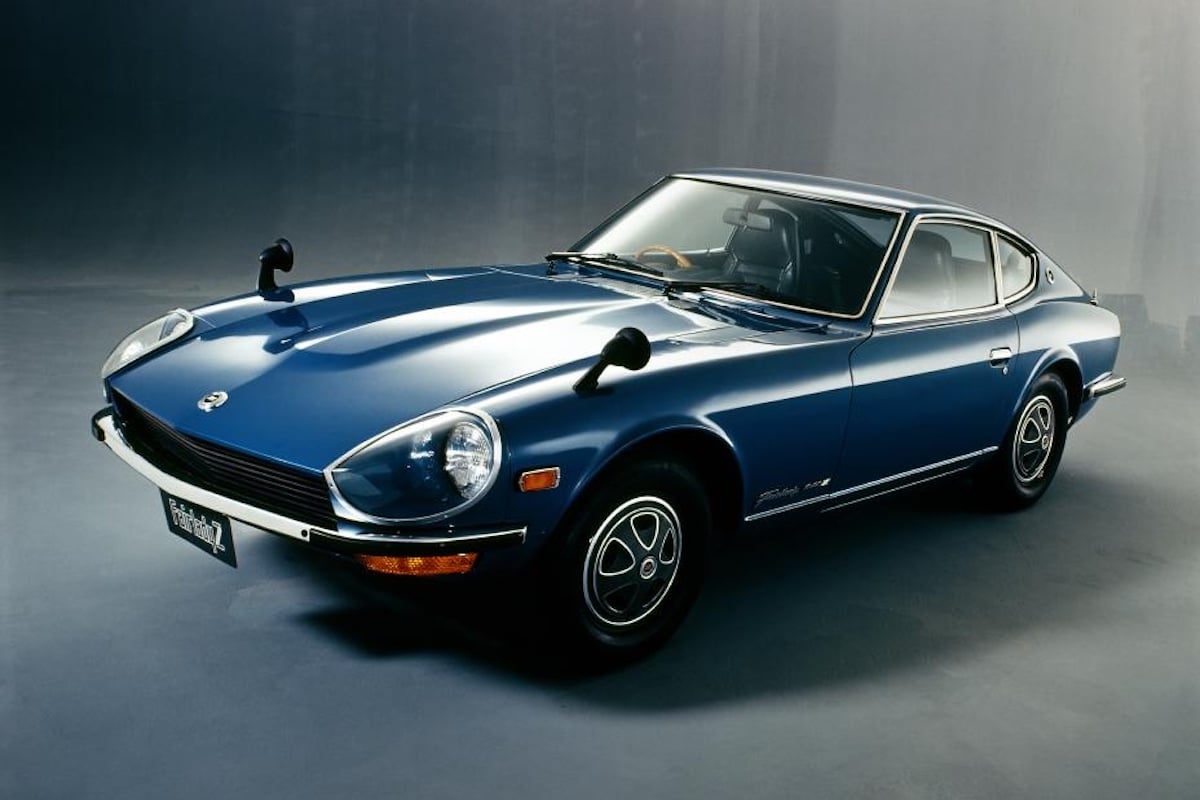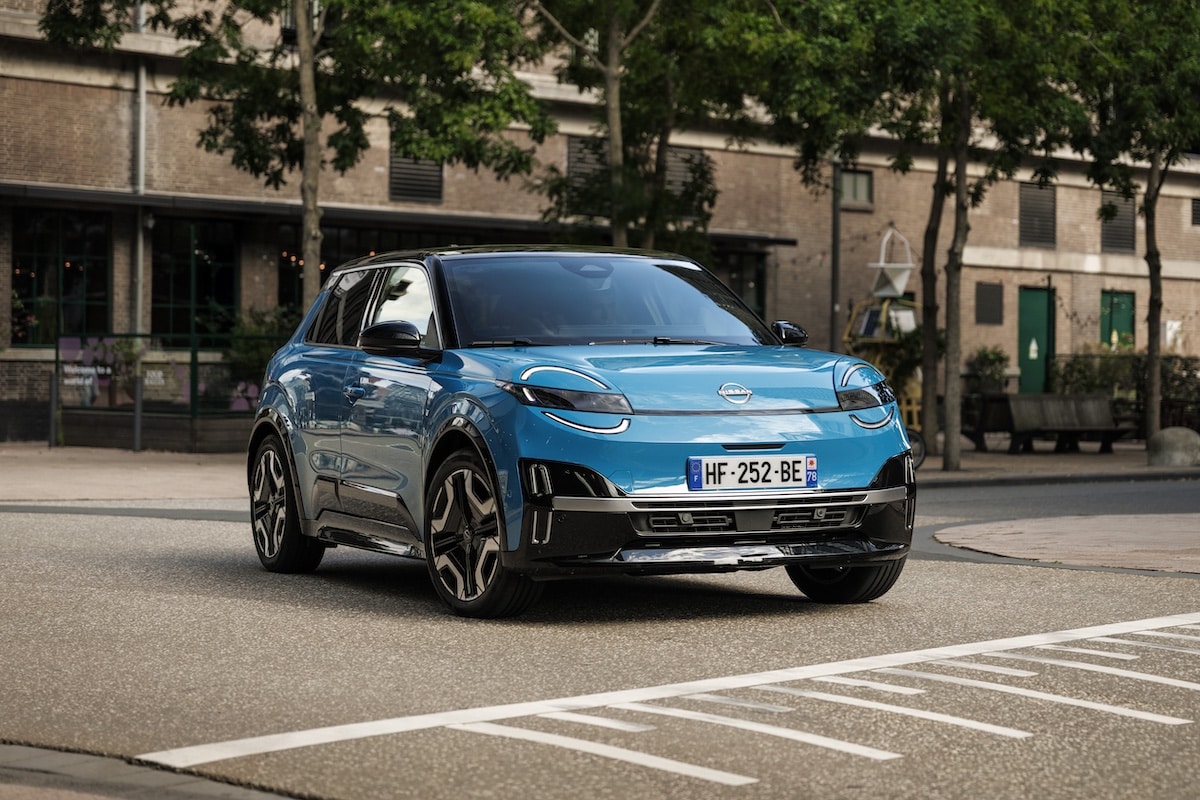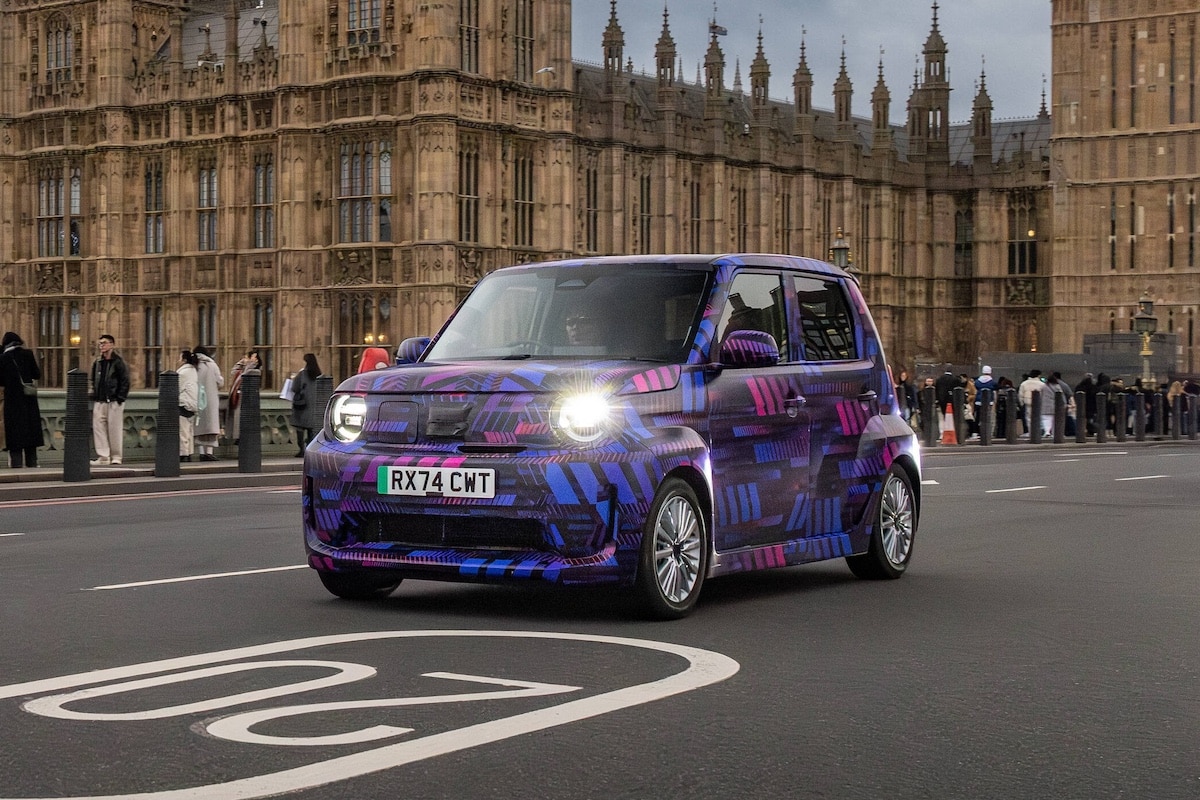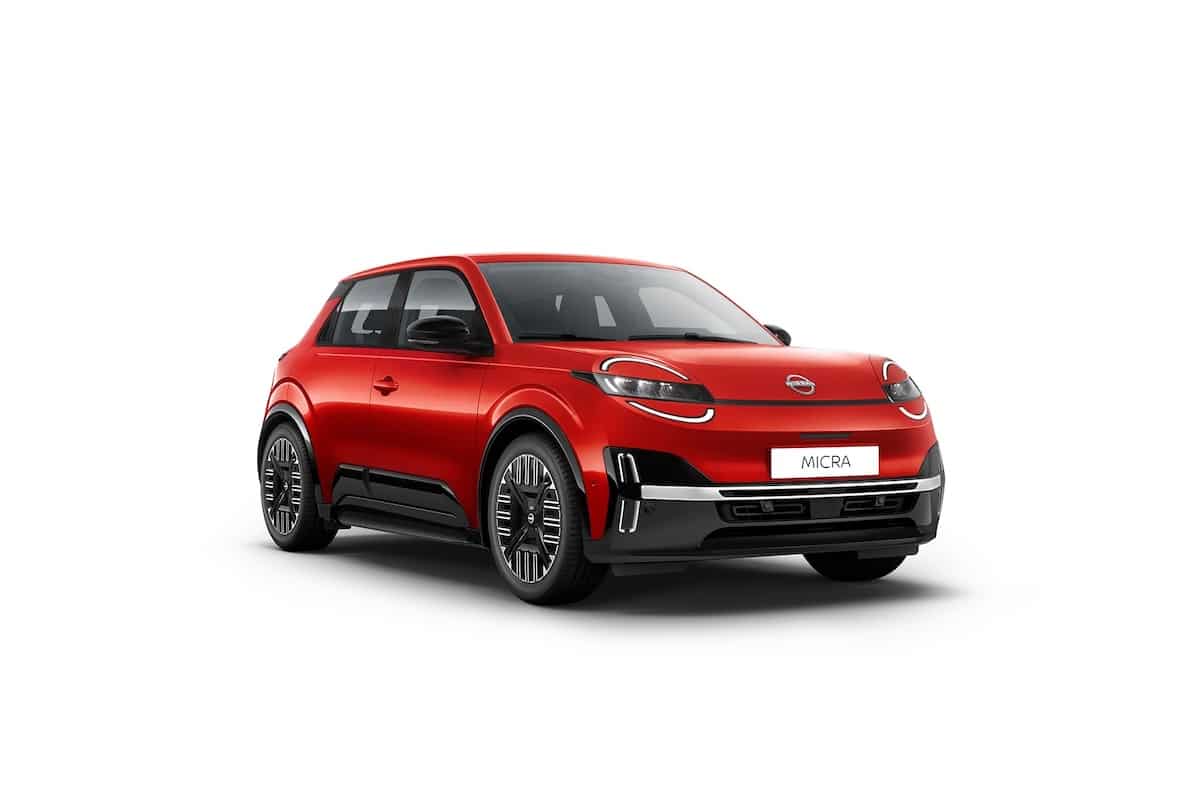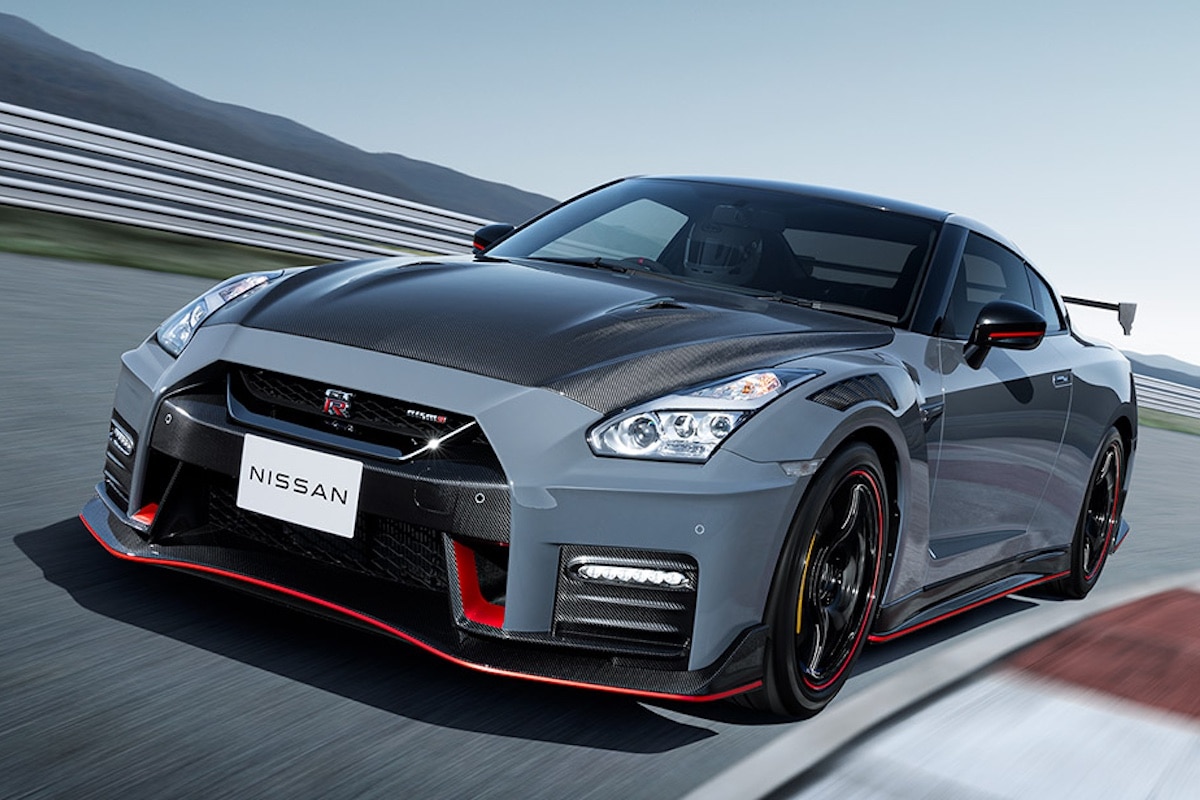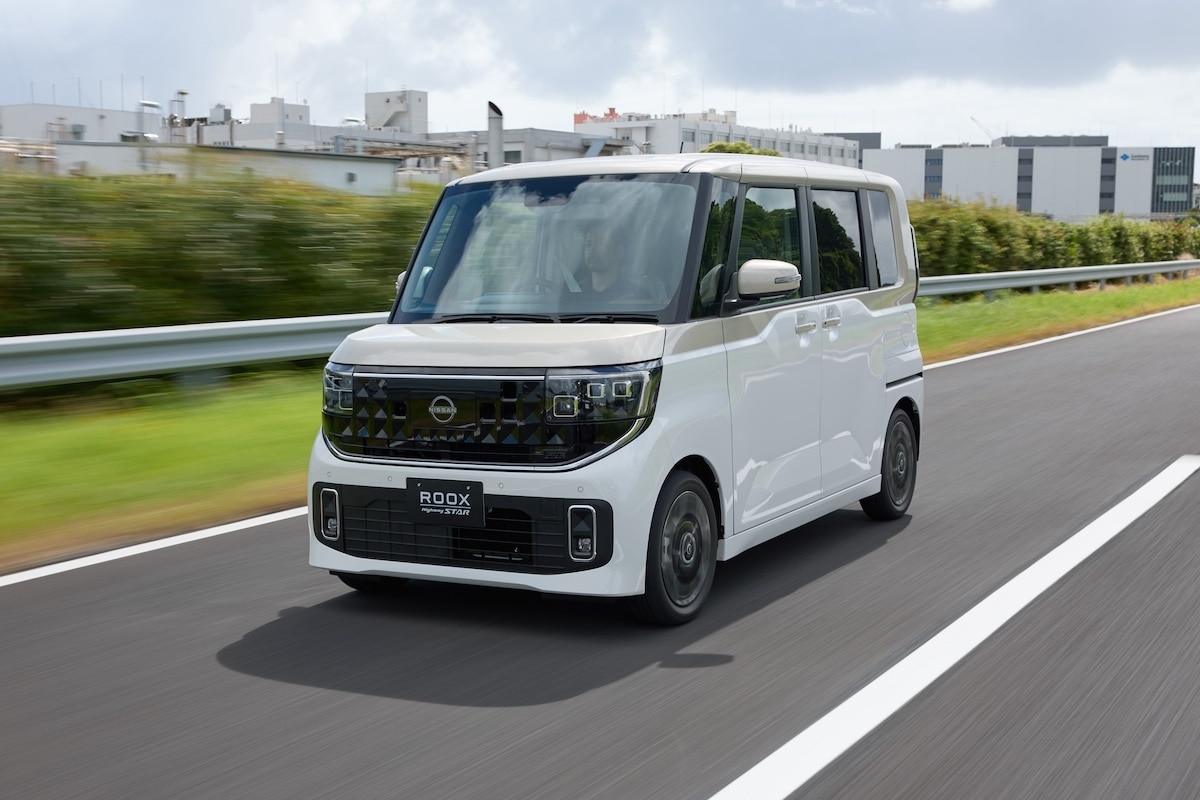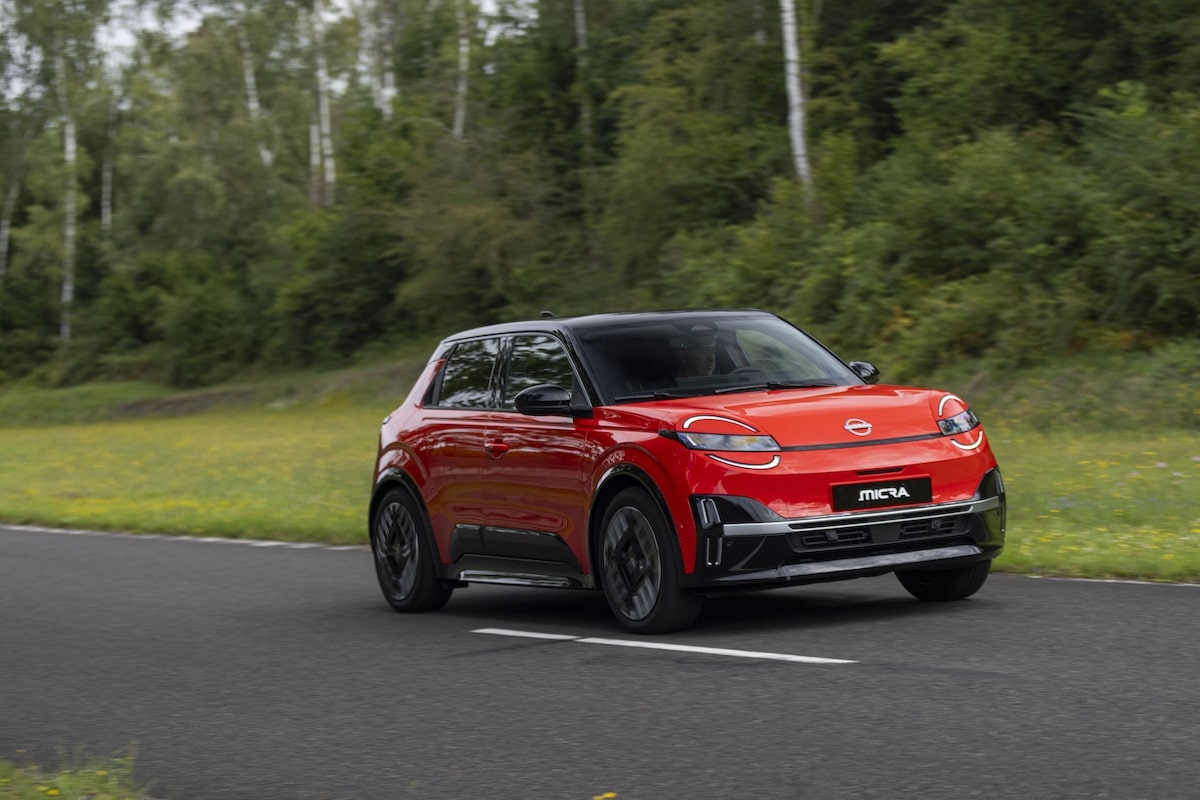Nissan
Nissan Electric Cars
Nissan LEAF
The Nissan LEAF is the first electric car from Nissan, having started in 2011 during its first generation, even before a real network of charging stations. A pioneer among compact cars, well ahead of the Mégane and ID3, it received the prestigious title of Car of the Year in 2012 and has continuously evolved. In 2013, the range of the Nissan Leaf increased from 175 to 199 km on the 24 kWh pack, replaced by a 30 kWh pack in 2016 providing 250 km per charge.
In 2018, the second generation significantly improved the design, making it less controversial, and delivered better performance. Gone is the 109 hp (80 kW) engine, replaced by two versions: 110 kW at launch and the LEAF e+ of 160 kW which appeared in 2019. Other differences between these two models include batteries of 40 kWh (approximately 278 km of range) and 64 kWh (385 km). Moreover, the price even decreased, from €35,990 in 2011 to €33,900 as a base in 2018, although it rose again later (to €36,900) due to inflation.
Nissan Ariya
This family SUV was set to debut the new platform of the Alliance, the CMF-EV, in 2020. Arriving late in late 2022, the Ariya is based on the (extended) platform of the Renault Mégane E-Tech electric. Fully electric, Nissan’s first SUV of its kind features a more modern style than the thermal equivalent X-Trail, but offers only 5 seats.
The range of the Nissan Ariya is nevertheless comprehensive with five versions, including options for 2-wheel drive with 63 or 87 kWh batteries, as well as the e-4orce 4-wheel drive/direct steering. The range varies between 400 and 533 km, while fast charging peaks at 130 kW. All variants come with two trims: Advanced and Evolve. The price list starts at €47,300 in France.
Nissan Townstar
This van partly replaces the previous e-NV200, as it is a more compact model (4.49 meters). It is, in fact, a slightly modified version of the electric Renault Kangoo, and also has an electric version. It has the same specifications, featuring a 90 kW motor and a 45 kWh battery to cover approximately 300 kilometers of range.
Available as a utility vehicle in 2022, the Nissan Townstar Electric will only arrive in 2023 in its version for private customers.
La création de Nissan vient de nombreuses étapes en plus de 20 ans. En 1911, les trois japonais Kenjiro Den, Rokuro Aoyama et Meitaro Takeuchi créent l’entreprise Kaishinsha Motorcar pour fabriquer des voitures “DAT” reprenant les initiales. Après un échec, la fabrication de camions, ils reviennent à l’automobile en 1930, assemblent une Austin Seven modifiée en 1931, puis la société passe par plusieurs mains avant de devenir Nihon Sangyo Co. en 1934 et renommée Nissan dans la foulée.
Après la Seconde Guerre Mondiale, Nissan reprend sa production de véhicules pour le Japon, tandis que Datsun est la marque internationale. En Europe, on verra donc d’abord des Datsun dans les années 1960 et 1970, avant que Nissan ne la remplace dans les années 1980 et fonde le haut de gamme Infiniti aux États-Unis. En France, on connaît notamment la marque nipponne par la petite citadine Micra, les sportives Z et Skyline, ou le SUV Patrol.
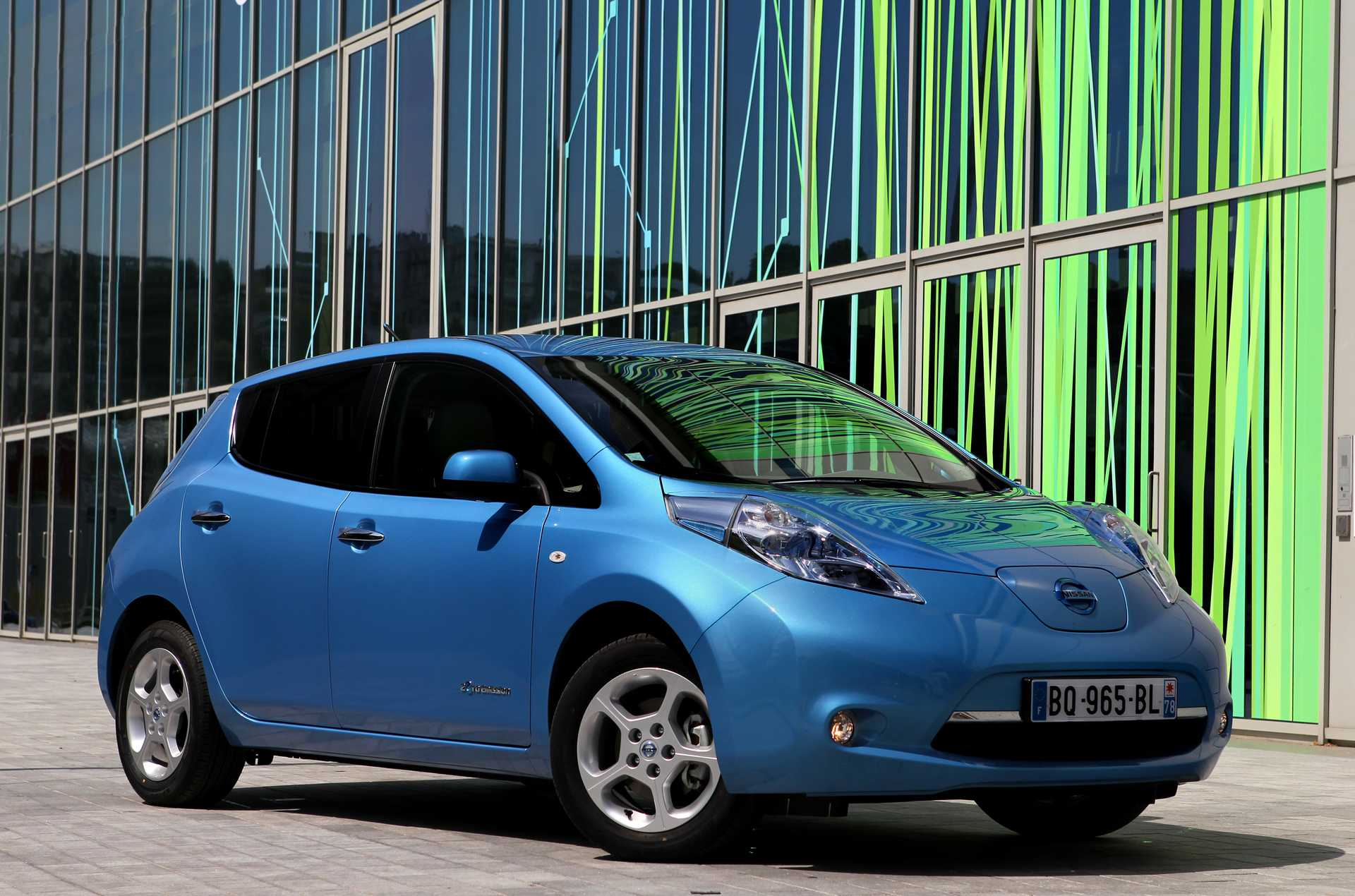
En 1999, Nissan est entré en partenariat avec le constructeur automobile français Renault, pour créer l’Alliance, plus tard complétée par Mitsubishi. Grâce aux synergies, plusieurs modèles partagent des éléments techniques, comme une Nissan Micra avec la Renault Clio. Puis dans les années 2000, Nissan est pionnière dans les SUV avec le Nissan Qashqai en 2006 puis le Nissan Juke en 2010. Le constructeur japonais l’est aussi dans l’électrique, avec la Nissan LEAF sortant dès 2011 et le véhicule utilitaire électrique e-NV200 en 2014.
